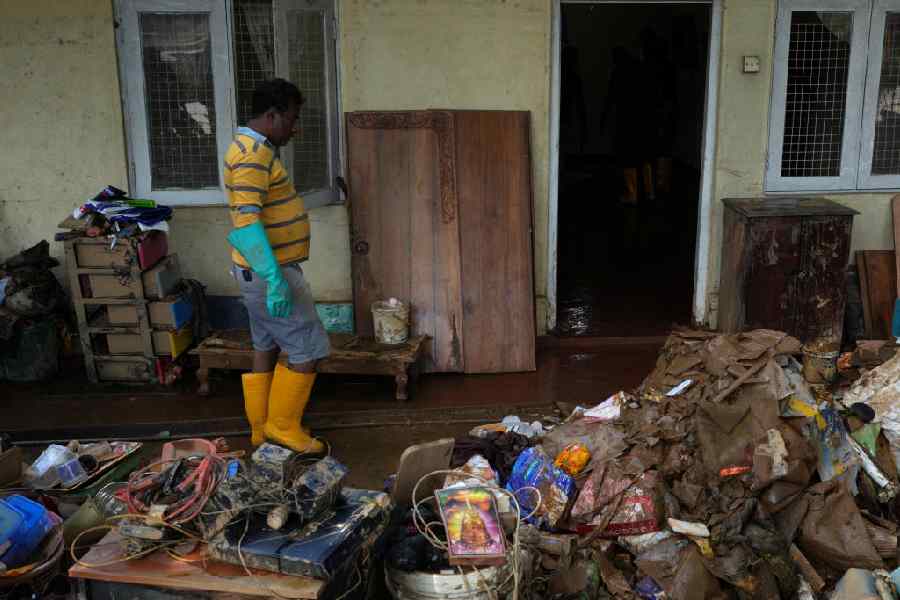Bhubaneswar, March 24: The National Aluminium Company (Nalco) has devised a way to trap carbon dioxide through the use of algae.
Unveiling the project at a seminar on carbon sequestration in the city today, additional principal chief conservator of forests Siddhanta Das said: "While one hectare of plantation can absorb about 2.5 metric tonnes of carbon dioxide a year, algae cultivated in the same land can utilise 250 tonnes of the gas."
The aluminium major has used micro algae in large ponds and releases cooled carbon dioxide from its thermal power plants through pipes to these ponds.
"This will not only help in ensuring a better environment and air quality in the neighbourhood, but also produce high-calorie algae biomass, which can be used as a nutrition-rich alternative to animal and fish food," said an expert.
Canada-based microbiologist Ranjan Pradhan, who developed the technology, said: "Local algae varieties will be used to trap the carbon dioxide. Focus will be on enriching the quality of the by-product and more industry linkage for their multiple use."
"In Odisha, we need about 19,200sqkm land, or roughly 12.5 per cent of total area of the state, to plant trees to absorb carbon dioxide generated by a single thermal power plant," said Das.
Nalco chairman and managing director Ansuman Das said: "The air quality in India has always become a concern with many foreign countries cutting down the stay of their envoys from three years to two years in the national capital region as they find the air quality alarmingly bad. Before Odisha sees such days, we have to be ready with alternate ways to trap carbon dioxide."
Praising the project, chief secretary Gokul Chandra Pati advised the forests and environment department to take note of the success of the algae-based carbon dioxide trapping technology and make it mandatory for others to follow.
Nalco's initiative becomes all the more pertinent in this scenario.











